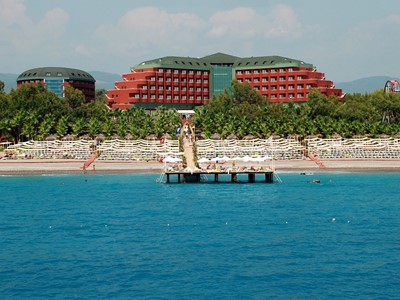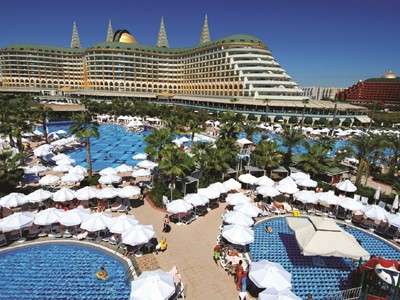
Massage therapy is a highly respected art form in the world of therapeutic activities, combining traditional healing methods with contemporary health concepts. Among the wide variety of massage styles that exist in many cultures and countries, two particularly exquisite therapeutic traditions from Southeast Asia are Thai and Balinese massage. All of these massage methods have their origins in specific historical and cultural periods, and each has its own special way of relieving stress and restoring health.
What is Thai Massage?
Thai massage, or "Nuad Boran", is an ancient Thai therapeutic art that combines physical and energy methods to rebalance the body and mind. It dates back more than two thousand years, when Buddha's physician Shivago Komarpaj combined Ayurveda and traditional Chinese medicine.
Thai massage differs from other massages by using deep pressure and dynamic stretching techniques, as opposed to traditional methods based on herbal oils and gentle touches. One of the basic principles of the practice is the idea that the body is permeated by lines of energy, sometimes referred to as "You" lines.
The goals of this approach are to increase the flow of energy, promote flexibility and reduce tension in muscles and joints. The therapist guides the patient through a series of movements aimed at balancing the patient's physical, mental and spiritual selves, using various body parts to provide pressure and stretching, similar to yoga.
What is Balinese Massage?
Balinese massage has its roots in the exotic island of Bali, known for its long history of spirituality and healing practices. Balinese people have long practiced this type of massage, which incorporates elements of traditional medicine from China, Indonesia and India. Providing deep relaxation, stress relief and energy renewal, this massage embodies the Balinese concept of balance between body, mind and spirit.
Balinese massage combines aromatherapy, gentle stretching, acupressure and reflexology in a balanced and effective way. The rhythmic, flowing movements are characterized by a mix of light and heavy pressure with the practitioner's fingers, hands and even forearms. Essential oils, an integral part of this massage, not only enhance the therapeutic benefits of the massage, but also take the patient on a sensory journey through aromatic plants that grow naturally in Bali.
Balinese massage has a number of beneficial effects, such as reducing stress and muscle tension, increasing blood flow and strengthening the lymphatic system. The acupressure points of massage therapy not only relieve physical pain, but also support mental and emotional health by stimulating the body's natural healing mechanisms.
What are the Differences Between Thai and Balinese Massage?
As you travel through the landscapes of Balinese and Thai massage, you will discover a universe of complementary opposites. Both disciplines have deep roots in ancient traditions and aim to promote well-being and peace. However, their methods, uses and results reflect different aspects of their respective cultures.
Technical Aspects
Focusing on the energy flowing down the body's Sen lines, Thai massage is known for its intense stretching and pressure methods. It can be described as "passive yoga", as the practitioner gently guides the recipient through a series of repetitive pressing and stretching movements that target every part of the body.
Balinese massage, on the other hand, is much more gentle; it makes extensive use of aromatherapy oils and combines soft tissue manipulation with acupressure. Depending on the needs and preferences of the patient, Balinese massage can use softer or harder strokes depending on the desired therapeutic effect.
Effect on the Person
As well as physical relaxation, Thai massage aims to improve internal health, flexibility and energy flow, which is in line with a more holistic view of wellness. It would be an excellent choice for those looking for a more interactive type of therapy that addresses both mind and body.
In contrast, Balinese massage is great for those looking to relax and rejuvenate in a more peaceful and sensory-oriented session, as aromatic oils play a crucial role in the sensory experience, focusing more on the physical aspects of relaxation and stress relief.
Cultural and Historical Differences
The differences in Thai and Balinese massage techniques are a reflection of the common and different historical and cultural influences of the two cultures. Traditional Thai massage is informed by Buddhist teachings that emphasize the inner journey and the harmony that exists between one's physical, mental and spiritual selves.
In addition to its spiritual underpinnings, Balinese massage draws from a wider range of indigenous and Hindu traditions; the practice emphasizes harmonizing one's internal and external environment.





